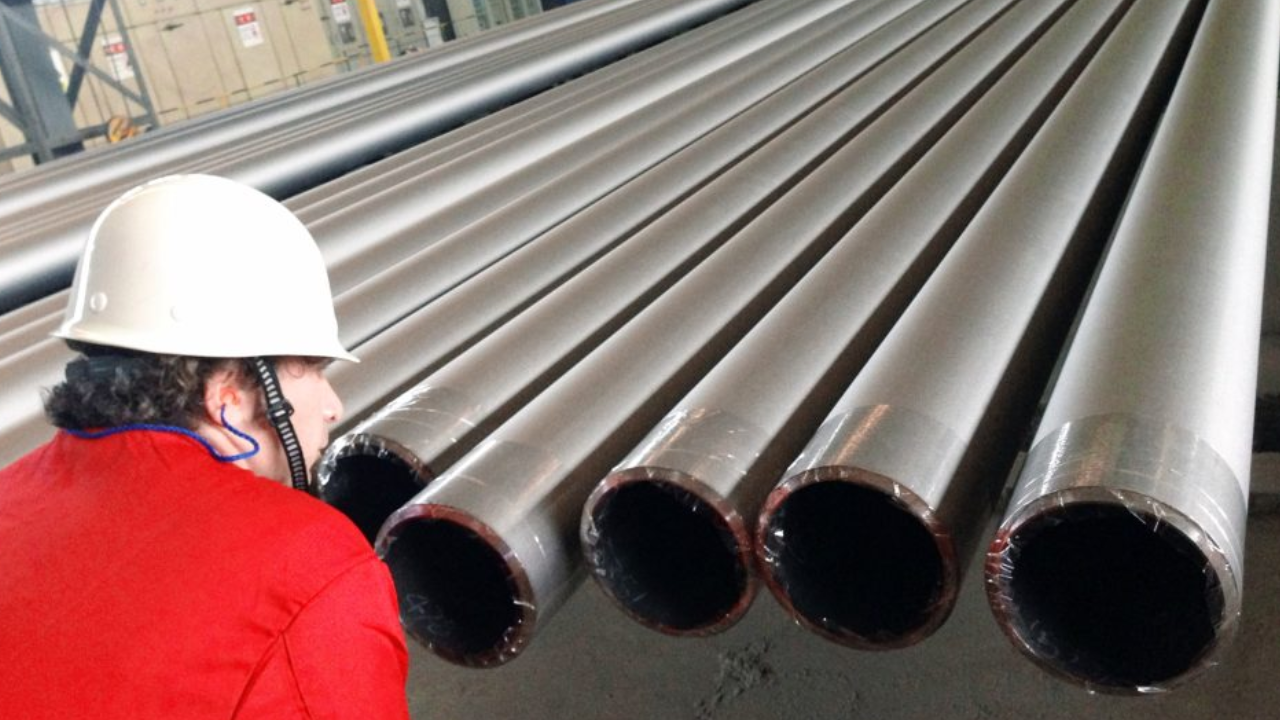The significant parts utilized in the oil and gas industry for entering practices consolidate API tubing and casing. These great items are produced with accuracy to fulfil severe industry guidelines and guarantee the well-being and effectiveness of boring activities. Understanding how API 5CT Casing and tubing are fabricated is pivotal for industry experts and buyers to see the value in the intricacy and nature of these items.
In this article, we are going to dive into the captivating system of how API 5CT tubing as well as api casing are produced. From the choice of natural substances to the assembling cycles and quality control measures, we will investigate each move toward detail to give a complete comprehension of the development of these crucial parts.
Producing Method of API 5CT Casing
API 5CT Casing is a fundamental part of oil and gas penetrating tasks, filling in as a defensive boundary for the boring system. Understanding the assembling system of API 5CT Casing is critical for guaranteeing its quality and sturdiness in the field.
Natural Substance Determination
The most important phase in assembling API 5CT Casing is the choice of great unrefined substances. The most well-known material utilized for casing creation is consistent carbon steel pipes. These lines should meet the severe necessities set out by the API to guarantee they can endure the brutal states of oil and gas boring.
Warming and Framing
When the natural substances have been chosen, they are warmed to high temperatures in a heater to make them more pliable. The warmed lines are then positioned into a framing machine, where they are moulded into the ideal size and aspects for API 5CT Casing. This interaction requires exact control and aptitude to guarantee the casing satisfies the API guidelines for distance across, wall thickness, and length.
Welding
After the casing has been shaped, the creases of the lines are welded together to make a ceaseless, solid construction. Welding is a basic move toward the assembling system, as any deformities or shortcomings in the welds can think twice about the respectability of the casing. To guarantee excellent welds, producers utilize progressed welding strategies and conduct thorough examinations all through the welding system.
Heat Treatment
When the casing has been welded, it goes through an intensity therapy cycle to work on its mechanical properties and guarantee its solidness in the field. Heat treatment includes exposing the casing to explicit temperatures and cooling rates to streamline its solidarity, hardness, and protection from erosion.
String Cutting and Machining
After heat treatment, the casing goes through string slicing and machining to set it up for association with different parts in the penetrating activity. String cutting is an exact interaction that makes the strings on the casing close, considering secure associations with other casing joints and hardware.
Fabricating Process of API 5CT Tubing
With regard to delivering excellent API 5CT tubing, there are a few key advances associated with the assembly system. We should investigate how API 5CT tubing is fabricated from beginning to end.
Determination of Natural substances
The most vital phase in assembling API 5CT tubing is the choice of great unrefined components. The unrefined components utilized in the development of API 5CT tubing should meet severe particulars set by the API. These unrefined substances regularly incorporate steel amalgams that are known for their high strength, solidness, and consumption opposition.
Tube Arrangement
When the unrefined components have been chosen, they are ready for tube production. This interaction regularly includes cutting the steel into the ideal length and shape. The steel is then warmed to a particular temperature to make it more flexible for the following stage in the assembly system.
Forming
After the steel has been warmed, it is then framed into the state of a cylinder through a cycle known as cylinder shaping. This is commonly done utilizing a mix of rollers and kicks the bucket that forms the steel into the ideal shape and size. The framed cylinder is then cooled to keep up with its shape.
Heat Treatment
When the tubing has been shaped, it goes through an intensity therapy interaction to work on its mechanical properties. This normally includes warming the cylinder to a particular temperature and afterward cooling it at a controlled rate. This cycle assists with upgrading the strength and sturdiness of the tubing, making it appropriate for use in requesting oil and gas applications.
Threading
After the tubing has been heat-treated, it is then strung to consider a simple association with different parts in the oil and gas extraction process. Stringing includes cutting exact strings onto the closures of the tubing utilizing particular hardware. This guarantees a protected and solid association while the tubing is introduced in a well.
Testing
Before the API 5CT tubing is fit to be delivered to clients, it goes through thorough testing to guarantee that it fulfils the greatest guidelines. This normally includes directing a progression of tests to check for deserts, layered precision, and mechanical properties. The tubing should finish these assessments before it very well may be affirmed as API 5CT consistent.
Ending Talk
Fabricating API 5CT Casing and tubing includes a definite cycle that guarantees excellent and tough items for the oil and gas industry. From the determination of unrefined substances to the testing of completed items, each step is painstakingly executed to fulfil industry guidelines and details. The utilization of trend-setting innovation and gifted craftsmanship assumes a pivotal part in delivering casing and tubing that can endure unforgiving circumstances in oil and gas wells.


